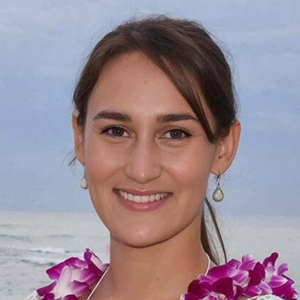Giant sea salt aerosol (GSSA, dry radius > 1 µm) can directly and indirectly influence Earth’s radiative balance, aerosol-cloud interactions, and are hypothesized to influence precipitation initiation in warm shallow clouds. Despite their significance, major uncertainties remain in the production, transport, and global distribution of these particles. Observational limitations have remained one of the largest factors hindering the accurate quantification of their atmospheric presence, but novel observations within the last decade have contributed to significant datasets of high resolution GSSA size distributions (GSSA-SDs) within and above the marine boundary layer. By combining these in-situ observations with models and reanalysis products, this study explores the important nuances of contextualizing observations within local environmental conditions, discusses historical shortcomings of current estimation techniques of GSSA concentrations in models, and provides a novel methodology for generating a new source function using these underutilized global datasets of GSSA-SDs.

Katie Ackerman,
University of Hawaii at Mānoa
Katherine (Katie) Ackerman is an NSF-Postdoctoral Research Fellow who joined the group in June 2025. Katie earned her PhD from U. of Hawaii at Mānoa in Atmospheric Sciences studying giant sea salt aerosol. Her PhD mainly focused on observing these particles in situ across a variety of environmental conditions using 3D-printed instruments, low-cost technology, and accessible sampling platforms like drones and kites. Her current research combines these in situ observations with LES to understand the mechanisms dictating the transport of these giant particles from close to the air-sea boundary through the effectively mixed layer within typical marine environments.